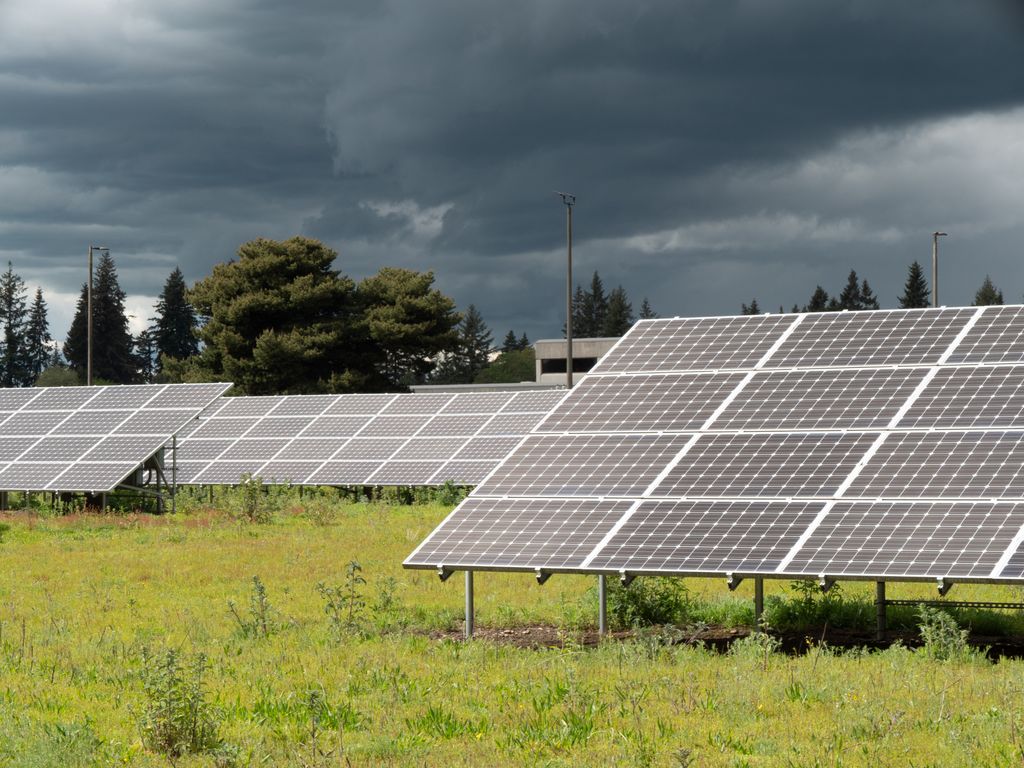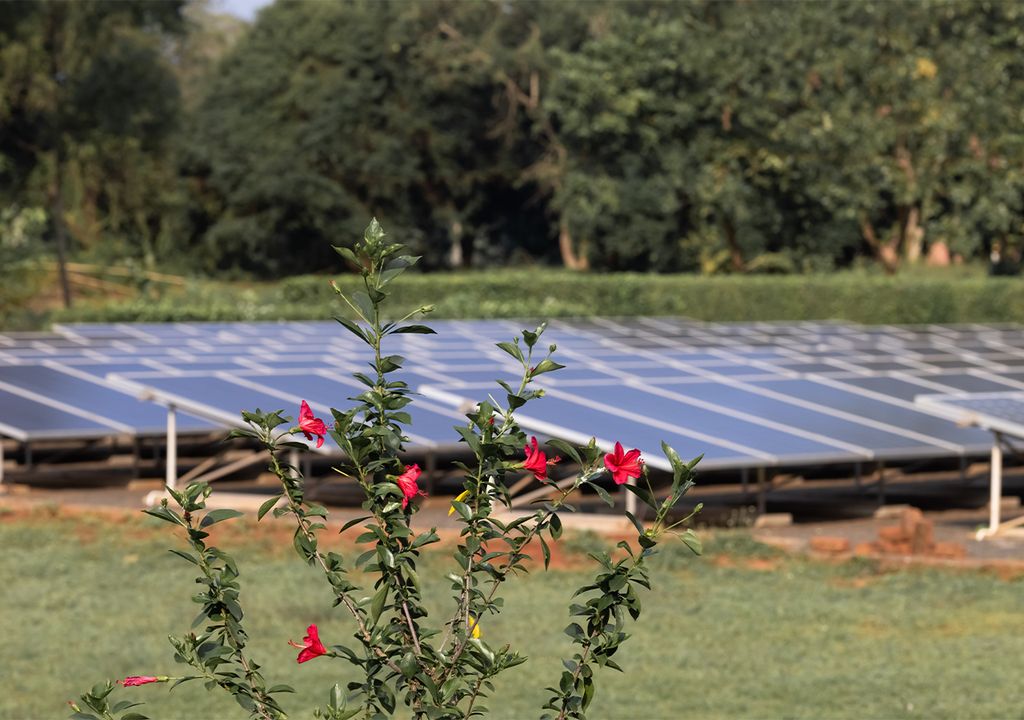Could new government policies help tap into biodiversity potential of solar farms?
Solar farms play a crucial role in reducing our reliance on fossil fuels for energy, and have been a key driver of generating clean energy. But solar farms could also play a wider role in boosting biodiversity.

Harnessing solar energy has been a key component in working towards the United Nations sustainable development goals, in particular goal 7 'Affordable and Clean Energy'. Developing solar energy technology has enabled energy companies to begin to move away from fossil fuels and carbon heavy resources, however solar farms have untapped potential to be managed in such a way as to also support biodiversity.
How solar farms work
Not only are solar farms critical for the production of affordable and clean energy in line with the UN sustainable development goal 7, but this also contributes towards goal 13 on ‘Climate action’. Fossil fuels, as well as being a finite resource, are a major source of greenhouse gasses such as carbon-dioxide and methane which cause climate change.
Solar farms capture solar energy on solar panels, which convert sunlight into electricity. Progress in UK solar farms has been promising, with enough energy currently produced to meet one sixth of the country’s energy demand at peak times. However, the UK still has a long way to go to meet it’s international commitments. Over the next 10 years, the development of 70,000 hectares worth of solar farms are necessary to fulfil these commitments.
Finding enough land area to support these requirements is going to be tricky, particularly with other social and environmental crises, such as the housing and biodiversity loss crises, also vying for space.
Untapped potential
More solar farms could be managed in such a way to support biodiversity. Professor Alona Armstrong says “If located in the right places and managed correctly, solar farms have great potential to restore degraded habitats and help meet the UN’s Sustainable Development Goals to halt and reverse biodiversity loss… Some in the solar industry embed nature benefits into the design of solar farms and their management, but this approach is not universal.”

Current UK policies and incentives designed to boost biodiversity on agricultural land do not extend to solar farms which have untapped potential to support both plant and wildlife biodiversity. Pollinating species in particular stand to benefit from such policies, which could further contribute to agriculture and food security.
Lead author Dr Fabio Carvalho says “Unless policies aimed at boosting biodiversity on agricultural land include solar farms, we risk missing opportunities to enhance nature through land use change for solar farms, and perhaps even exacerbate the biodiversity crisis if solar farms are not properly built and managed.”
With a newly elected government, there is even more opportunity to devise new, or amend existing, policies to support both the biodiversity loss crisis and the climate change crisis together. Co-author Professor Piran White says “There is considerable potential for more solar farms to be managed for the benefit of nature, so that existing solar farms and any new solar farms, such as those recently approved by the new Government, can contribute to mitigating the ecological crisis as well as the climate crisis.”
Co-author Hing Kin Lee adds “The right cross-sectoral policies and incentives can enhance nature on solar farms, providing long-term stable returns and measurable environmental benefits.”
Source of the news
Fabio Carvalho et al (2024) Integrated policymaking is needed to deliver climate and ecological benefits from solar farms Journal of applied Ecology








